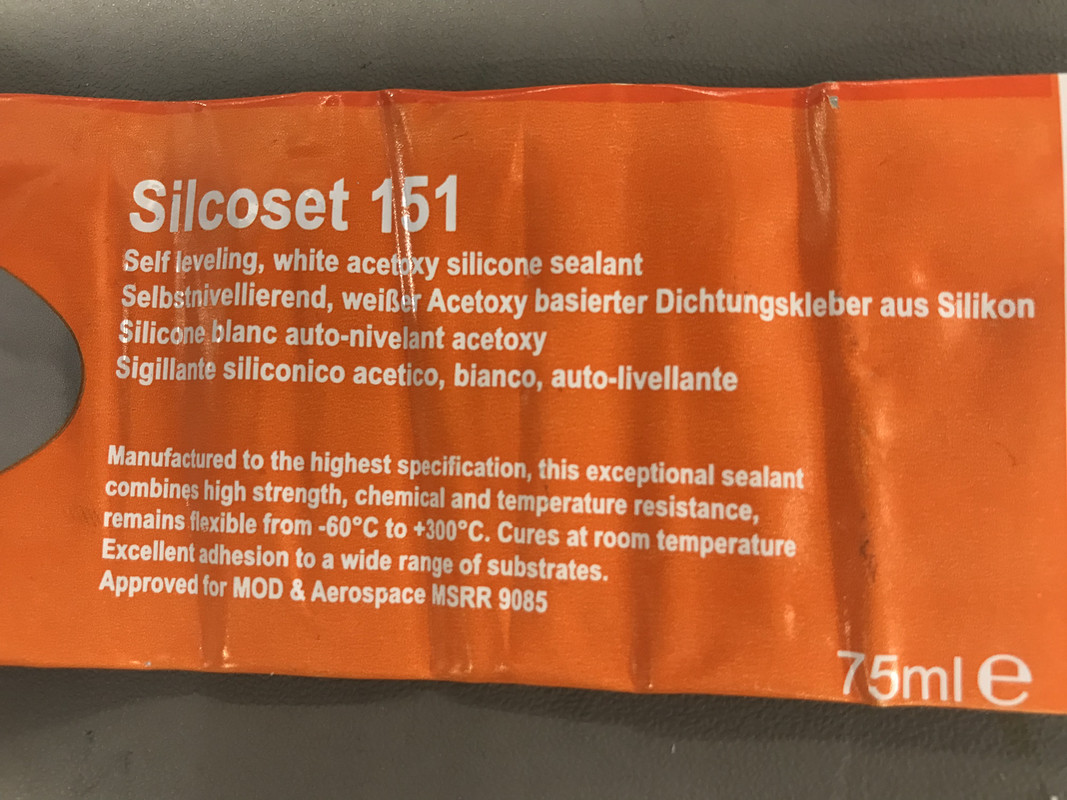Quote:
Originally Posted by utopia

If you use threebond, don't apply too much of it as you don't want too much of it to squidge to the innards of the case, from where it could later detach and get where it shouldn't.
Also beware of applying it where it could squidge into any oil holes or compromise any dowels.
|
I'll completely second Utopia's advice there.
You have to remember the prime reason for using a sealant like Threebond is money saving on a factory assembly line- basically they no longer have to have a specific gasket for every application on each and every model the company produces.
In addition, they will have a very precise process in place for the application of said sealant and if, like the company I work for, it will be pneumatic with a set speed for the nozzle to move so that correct amount is dispensed.
For an idea, I did a little experiment at work today using a hand applied 3mm bead (as recommended for Threebond in the eBay listing in alan S4's post) of a similar sealant between two pieces of Perspex compressed under finger pressure.
You can see the kind of spread and the potential of the silicone getting into places it shouldn't.



Call me old fashioned but I would rather make a gasket from good ol' Flexoid than risk a blocked oil-way.
https://www.ebay.co.uk/itm/Genuine-F...941b2a1e3059d4











 Hybrid Mode
Hybrid Mode
